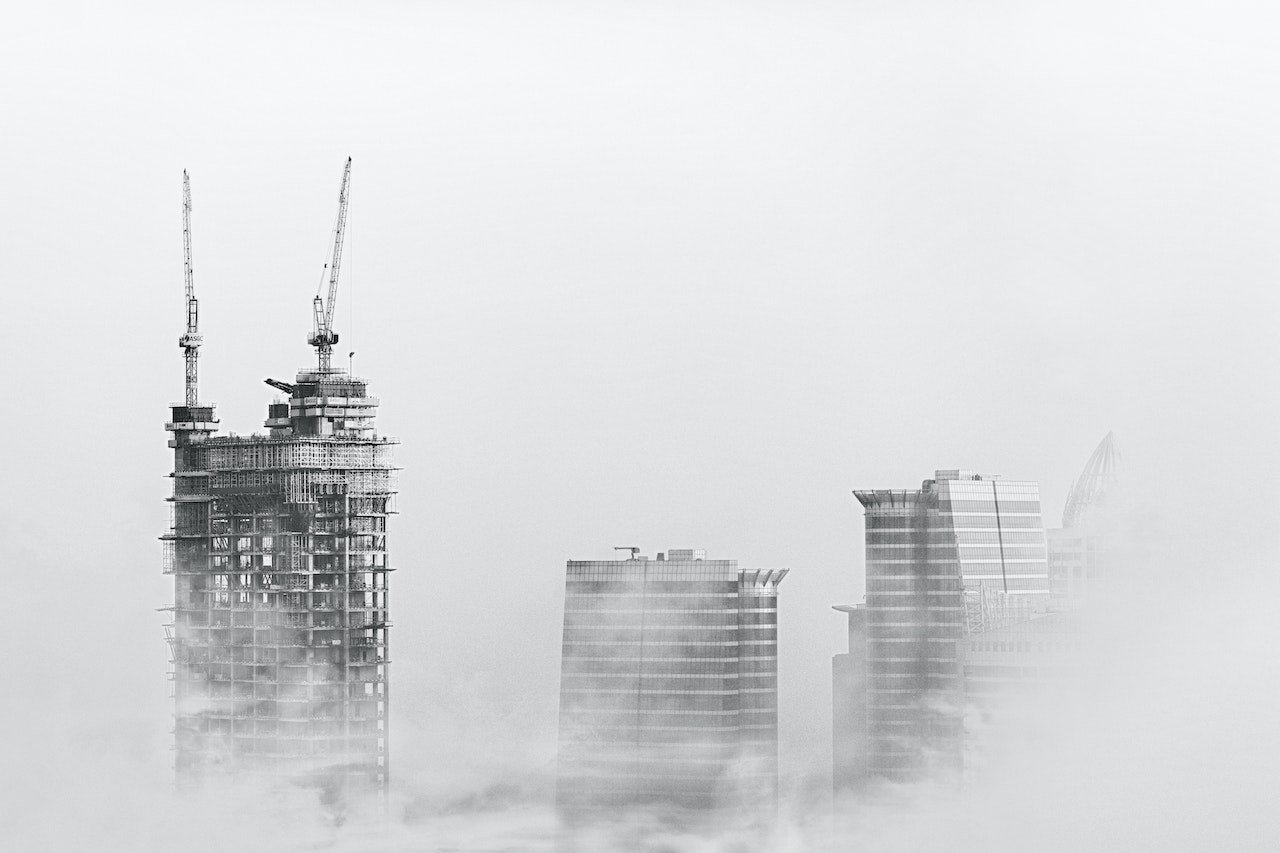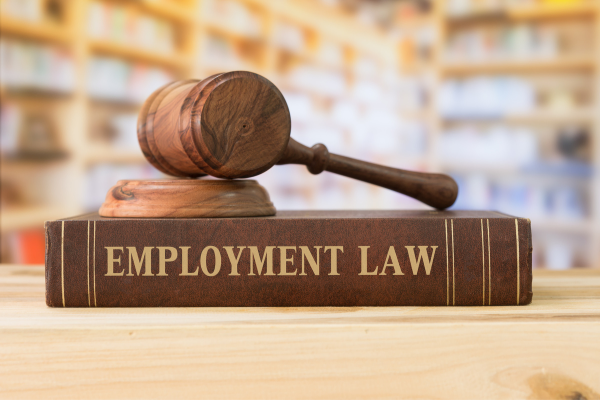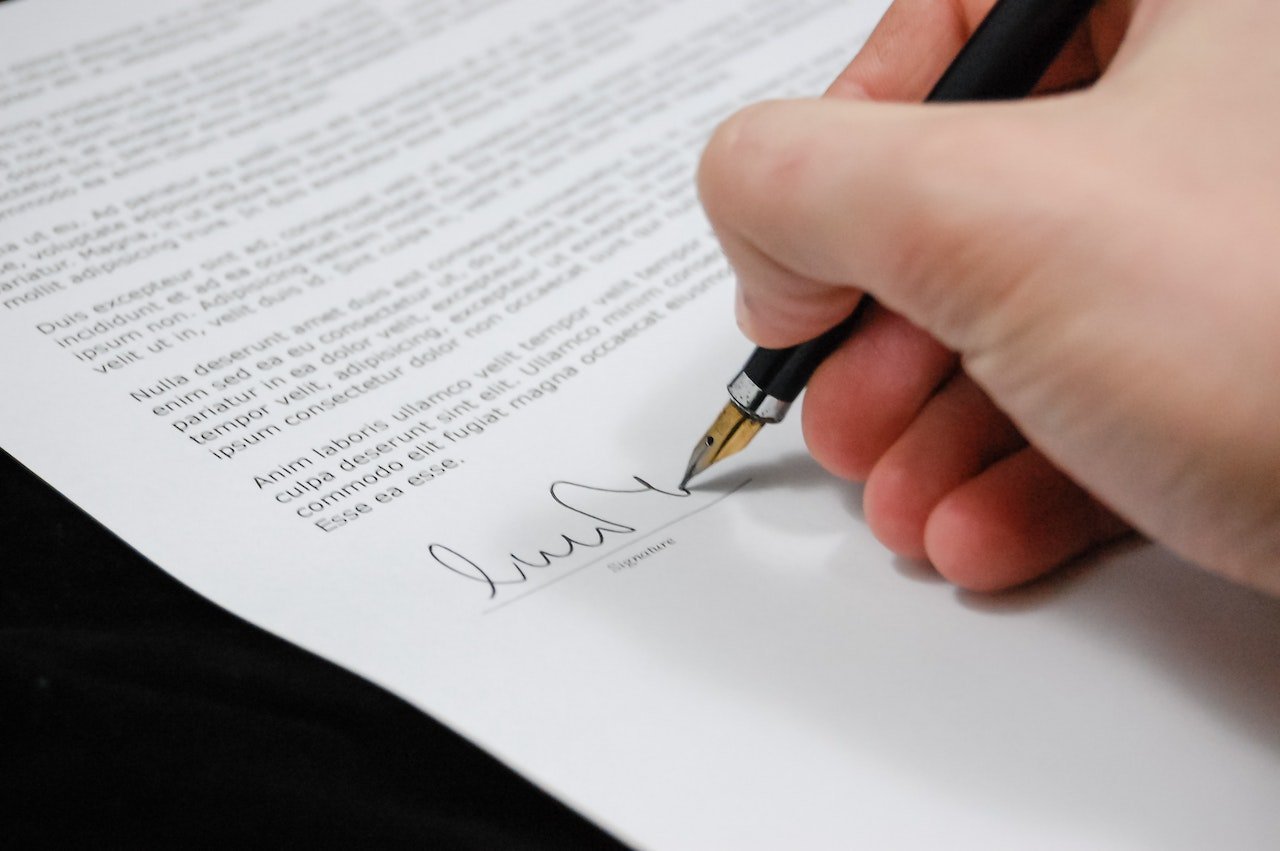Staying Safe During Nighttime Construction 2023


Construction is a vital part of modern infrastructure development. It provides new opportunities for business, creates job opportunities, and improves the overall economy. However, construction work can pose a significant risk to workers and the general public, especially when it comes to nighttime construction. Nighttime construction work involves many hazards that can lead to accidents, injuries, and even death. In this article, we will discuss some tips for staying safe during nighttime construction in 2023.
Contents
Importance of Staying Safe During Nighttime Construction
Construction work is dangerous, and nighttime work is no exception. The risks are even higher due to reduced visibility and increased fatigue. Staying safe during nighttime is essential to avoid accidents, injuries, and fatalities. It is essential to prioritize safety to ensure the well-being of workers and the general public.
Common Hazards of Nighttime Construction
Nighttime construction poses various hazards that can cause accidents and injuries. Here are some of the most common hazards of nighttime construction:
Reduced Visibility
One of the most significant hazards of nighttime construction is reduced visibility. It can be challenging to see hazards, obstacles, and other workers in low-light conditions. This can lead to accidents and injuries.
Fatigue
Construction workers often work long hours, and nighttime work can be particularly exhausting. Fatigue can impair judgment and reaction times, leading to accidents and injuries.
Noise Pollution
Nighttime construction can create significant noise pollution, which can affect workers and the general public. Loud noises can cause hearing loss and other health problems, leading to accidents and injuries.
Increased Risk of Criminal Activity
Nighttime sites can attract criminal activity, such as theft and vandalism. Workers and equipment can be at risk, leading to accidents and injuries.
Poor Weather Conditions
Nighttime work can be affected by poor weather conditions, such as rain, snow, and fog. These conditions can make it challenging to see hazards and can cause slips, trips, and falls.
Read More: How Can Stay Safe During This Week’s Longboat Pass Bridge Construction Work (2023)
Tips for Staying Safe During Nighttime Construction
To stay safe during nighttime work, workers should follow specific safety tips. Here are some tips for staying safe during nighttime construction:
Use Appropriate PPE
Personal protective equipment (PPE) is essential for protecting workers from hazards. Workers should wear appropriate PPE, such as hard hats, safety glasses, and high-visibility clothing.
Proper Lighting
Proper lighting is critical for ensuring visibility and avoiding accidents. Lighting should be bright enough to see hazards and obstacles clearly.
Take Regular Breaks
Fatigue can impair judgment and reaction times, leading to accidents and injuries. Workers should take regular breaks to rest and recharge.
Read More: Crosswalks and Other Safety Measures for Keeping Lexington Kids Safe (2023)
Communicate Effectively
Effective communication is critical for ensuring safety on sites. Workers should communicate regularly with each other and with supervisors to identify and address hazards.
Implement Safety Protocols
Construction companies should implement safety protocols to ensure the safety.
Best Practices for Nighttime Construction
To ensure the safety of workers and the public, companies should implement best practices for nighttime construction. Here are some best practices for nighttime construction:
Plan Ahead
Planning ahead is critical for ensuring the safety of nighttime construction work. Companies should evaluate the site and identify potential hazards and risks. They should also create a safety plan that includes procedures for emergencies and communication.
Train Workers
Training is essential for ensuring that workers understand safety procedures and know how to use equipment properly. Companies should provide regular training sessions and refresher courses to keep workers up-to-date on safety practices.
Stay Alert
Workers should stay alert and aware of their surroundings at all times. They should watch out for hazards and obstacles, such as uneven terrain and loose debris.
Regular Inspection
Regular inspection of equipment and the site is critical for identifying potential hazards and risks. Companies should conduct daily inspections to ensure that equipment is functioning correctly and that the site is safe.
Record Keeping
Keeping accurate records of safety incidents and near misses can help companies identify areas for improvement. Companies should keep detailed records of incidents, including the cause, the impact, and the action taken.
Conclusion
Nighttime work poses significant risks to workers and the general public. To stay safe, workers should use appropriate PPE, proper lighting, take regular breaks, communicate effectively, and implement safety protocols. Construction companies should also implement best practices, such as planning ahead, training workers, staying alert, regular inspection, and record-keeping.
By prioritizing safety and following best practices, we can ensure that nighttime work is safe and efficient.
FAQs
Q. What is the most common hazard of nighttime construction?
A. The most common hazard of nighttime construction is reduced visibility, which can make it challenging to see hazards and obstacles.
Q. What is PPE, and why is it important?
A. PPE stands for Personal Protective Equipment. It is essential for protecting workers from hazards such as falling debris, chemicals, and noise. PPE can include hard hats, safety glasses, and high-visibility clothing.
Q. What should workers do if they feel fatigued during nighttime construction work?
A. Workers should take regular breaks to rest and recharge. They should also inform their supervisor if they feel excessively fatigued.
Q. Why is effective communication critical for ensuring safety on construction sites?
A. Effective communication helps workers identify and address hazards and ensures that everyone is aware of potential risks.
Q. What are some best practices for nighttime construction?
A. Best practices for nighttime construction include planning ahead, training workers, staying alert, regular inspection, and record-keeping.



